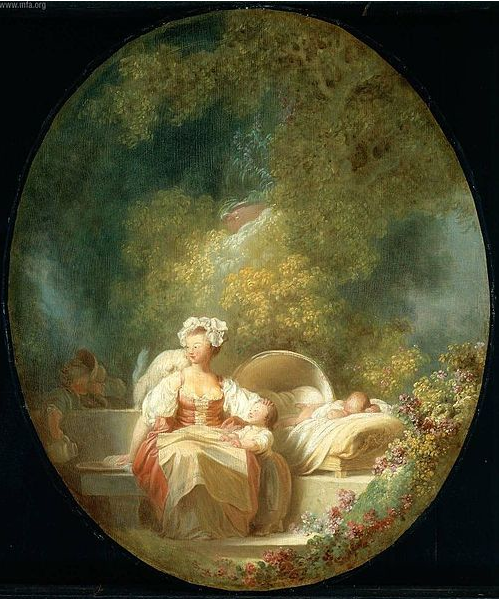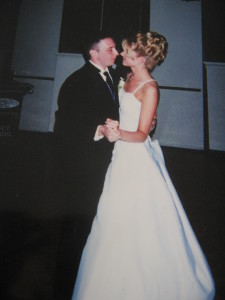The Washington Post headline read: “Survey: Half of women say they don’t have enough free time”. I confess that I laughed when I saw it on my Smartphone screen. No kidding? Half of us have enough hours in the day while the other half of us are just trying to make it through with our sanity intact? Whether it be for maintaining a household, rearing children (aka making sure they don’t destroy the house most days), focusing on a career or investing in the relationships in our lives, do women really have much “time to ourselves” to speak of? I wasn’t sure, especially since I was doing some quick reading during the halftime of my son’s soccer game.

When thinking about our topic of alfresco activities in the month of May, I just couldn’t let go of this concept of time. What would we do with scads of it to spend as we choose? Did I really have to sneak in a little research time in-between quarters for the soccer game? As Mother’s Day approaches, I had to wonder if time is an activity in and of itself – and not just for women in the year 2013. We modern woman have entered the workforce with a vengeance, going from working an average 8 hours per week (at a paying job) in 1965 to working an average 21 hours a week in 2011. A whopping 56% of employed mothers with children under eighteen say it is very or somewhat difficult to maintain a balance between work and their home life (USA Today). And in 2011, women reported spending an average of 13.5 hours per week with their children.
With those stats, why wouldn’t we think that maintaining careers, taxiing kids to soccer fields and dance class, popping dinner in the microwave and rushing through the occasional load of laundry makes us busier than mothers in the Regency Era? After all, Jane quoted that a mother would have always been present. That must mean a mother had little by way of responsibilities in 1812, right? Wrong. She had more to do than choose fabric for her next ball gown, that’s for sure.

One of the most interesting books I read in college was A Midwife’s Tale: The Life of Martha Ballard, Based on Her Diary, 1785 – 1812 (by Laurel Thatcher Ulrich). Martha Ballard was a Regency Era woman, mother, and midwife living in eighteenth-century Maine. (If you want a picture of the hard-working Regency Super-Mom, this lady was it.) She ventured out on ice-covered lakes to deliver babies in the middle of winter. She managed to have nine children of her own while performing duties akin to that of a physician on a somewhat regular basis. She maintained her frontier home in rugged New England and fashioned a domestic economy as an herbalist and healer. (Career. Kids. Balancing work and home. Sound familiar?) I recommend this book for a candid look at the Regency from a fresh angle – maybe to see a connection between those mothers of 200 years ago and the portrait of a special mother in our lives today?
When I think about the portrait that my sons have of me as their mother, I’d hope they could say what Jane Austen did in her quote; I was always present. Maybe I was stretched a little and couldn’t give every moment, but I would hope I was always present in the moments I could give. That I was indeed a constant friend and cheerleader. That the influence I had brought them up to fear the Lord, to grow in righteousness, and to always treat gently the women God has gifted into their lives. I would hope that they remembered the time – the honest-to-goodness quality time – their mother spent with them in their youth… That I put the phone away on the soccer field and stayed present in the moment at my son’s game.
I pray the portraits we women paint as mothers in this life (whether in the Regency or in today’s world) showcase an abundance of grace and beauty. I pray that they’re portraits of our mothers, just as they will be of us some day.
Portraits of our mothers on Regency Reflections…




Who is a special mother in your life? How has she invested the gift of time in your life?
Have a blessed Mother’s Day!
In His Love,
Kristy
Originally posted 2013-05-10 10:00:00.






